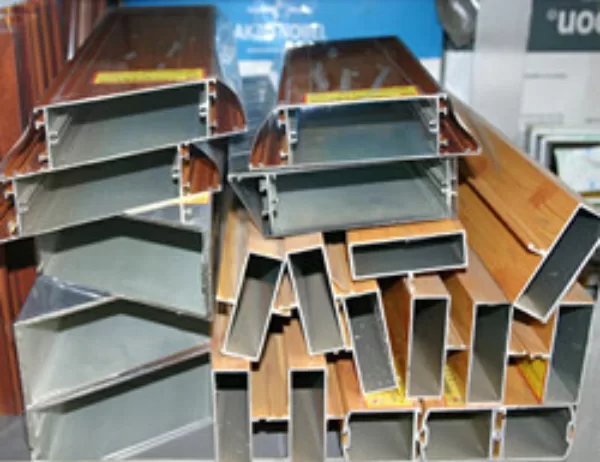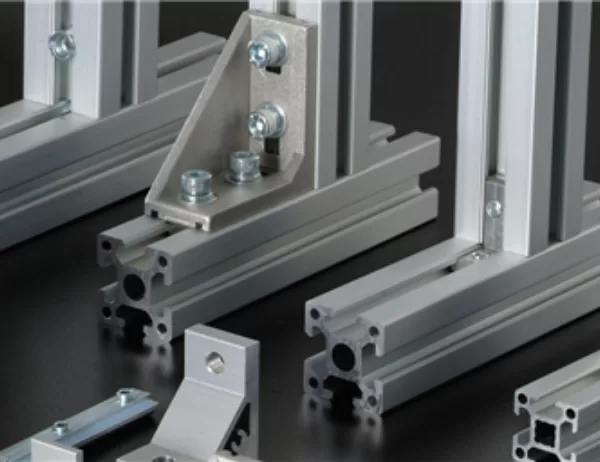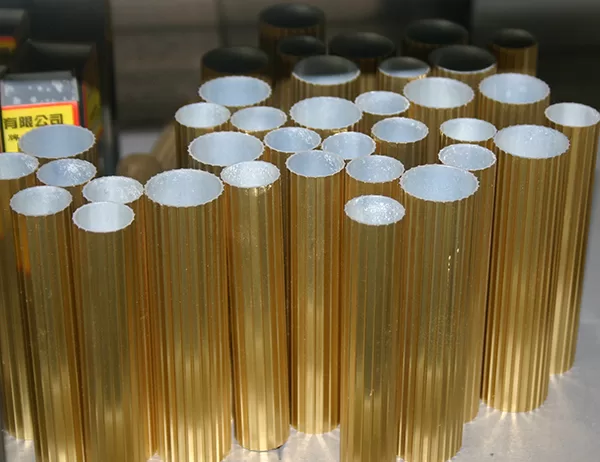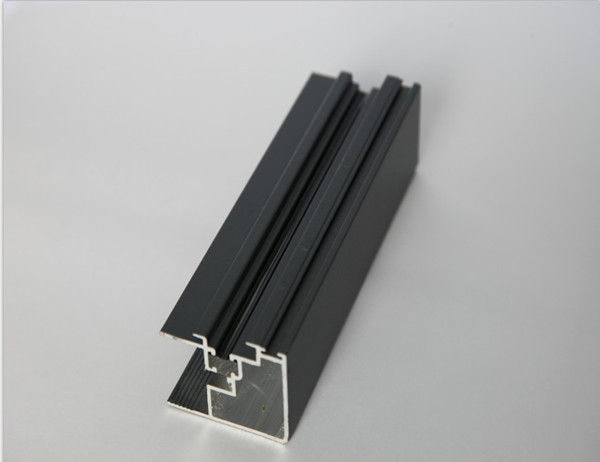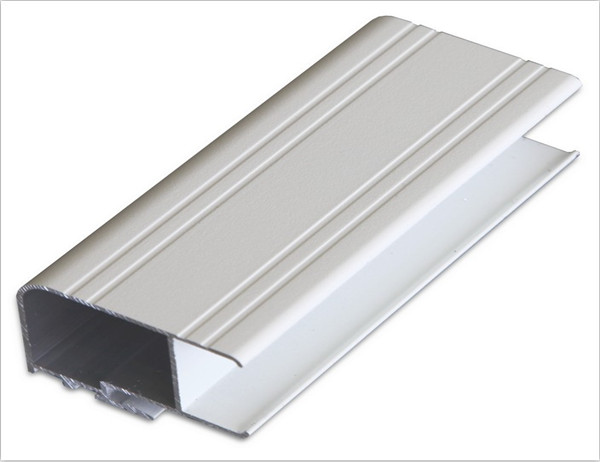In the realm of modern construction, the choice of building materials plays a crucial role in shaping the environmental footprint of a structure. Polished aluminum angles, composed primarily of aluminum, offer a unique combination of durability, versatility, and sustainability, making them an ideal choice for eco-conscious projects. This article delves into the multifaceted environmental benefits of utilizing polished aluminum angles.
Energy Efficiency
Polished aluminum angles possess excellent thermal conductivity, allowing them to efficiently transfer heat. When incorporated into building structures, they help reduce energy consumption by optimizing heat distribution within the building envelope. Polished surfaces further enhance this efficiency by reflecting solar radiation, reducing the need for artificial cooling. As a result, buildings utilizing polished aluminum angles require less energy for heating and cooling, leading to lower carbon emissions.
Durability and Long-Life
Polished aluminum angles exhibit exceptional durability, resisting corrosion and weathering. This extended lifespan reduces the need for frequent replacements or repairs, minimizing the environmental impact associated with material extraction and manufacturing. Unlike some alternative materials, polished aluminum angles do not degrade over time, maintaining their structural integrity and aesthetic appeal. Their longevity contributes to the building’s overall environmental sustainability.
Recyclability
Aluminum is one of the most recyclable materials in the world, and polished aluminum angles are no exception. Their high recycling content and ability to be reprocessed without losing their properties make them a sustainable choice. Recycling aluminum angles conserves natural resources, reduces waste, and minimizes greenhouse gas emissions associated with mining and processing virgin aluminum.
Low Maintenance
Polished aluminum angles require minimal maintenance, further contributing to their environmental friendliness. Their corrosion resistance and smooth surfaces reduce the need for frequent cleaning or painting. This eliminates the use of harsh chemicals and reduces the environmental impact of maintenance activities. The low maintenance requirements extend the life of the building, avoiding unnecessary material consumption and waste generation.
Aesthetic Appeal
Polished aluminum angles offer aesthetic advantages that complement their environmental benefits. Their reflective surfaces create a modern and sleek appearance, reducing the need for artificial lighting. This results in reduced energy consumption and a more sustainable ambiance. Additionally, the versatile design of aluminum angles allows for intricate architectural details and structural elements, contributing to the building’s visual appeal and value.
The environmental benefits of using polished aluminum angles are undeniable. Their energy efficiency, durability, recyclability, low maintenance, and aesthetic appeal make them an ideal choice for sustainable building projects. By incorporating polished aluminum angles into their designs, architects and engineers can create structures that minimize their environmental footprint while maximizing performance and durability. As the demand for sustainable construction solutions grows, polished aluminum angles are poised to play a pivotal role in shaping a greener and more sustainable built environment.
